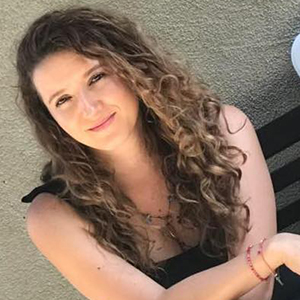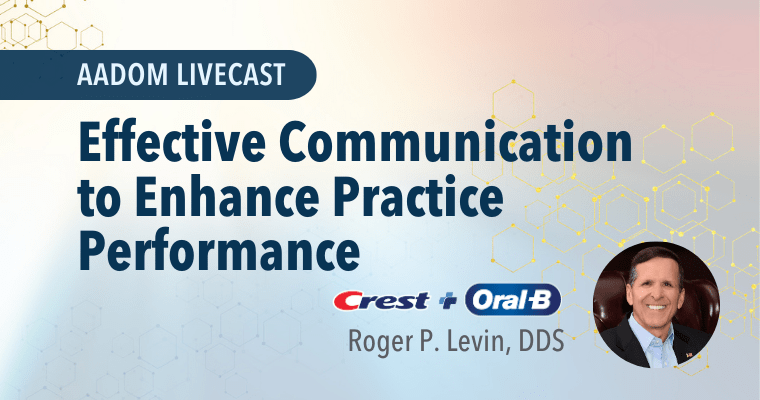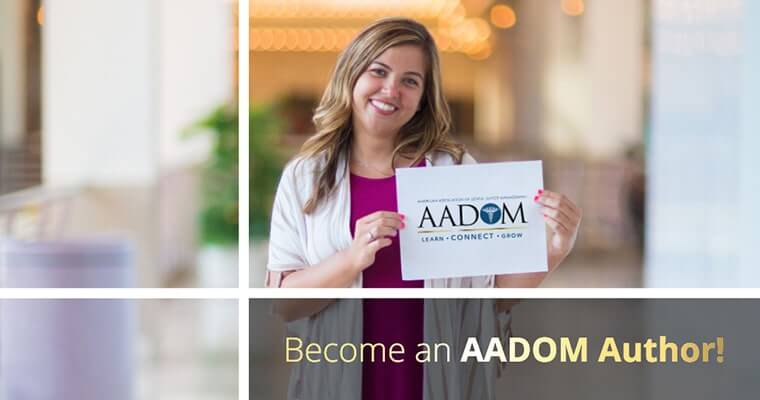Improving Oral Health in Your Community – Part 1

Fair Treatment Doesn’t Always Mean Same Treatment: Be Aware of the Special Health Needs of Immigrants and Other Underserved Patient Populations
Editor’s note: This is the first in a series of three articles on what dental practice managers can do to make the office a hospitable place for all patients.
I was 24 years old when I said goodbye to my family and friends and moved to a different country. My husband and I packed everything we could into two large suitcases and boarded a plane to California. He had just graduated from dentistry school and was hired at a Northern California practice to meet the needs of the growing Hispanic population there.
Day after day I would learn about unnamed patients who had been mistreated because of language barriers or financial hardship. For many of them there wasn’t much to do as they had already lost most of their teeth, but for many others, my husband was able to offer hope and a comprehensive treatment plan that was carefully planned out to ensure the best outcome for each patient.
He would describe to me the relief and excitement in people’s faces when they realized they would be able to effectively communicate with their dentist in their own language. We became aware of the struggles our immigrant community has to go through when it comes to dental care.
I became involved with organizations assisting immigrants and asylum seekers. It was very evident to me that healthcare is not top of mind when people are focused on surviving and building their new lives. Many of us—immigrants or not—have the experience of getting stuck in the labyrinth that is the U.S. healthcare system: waiting periods, appointment-only calls, referrals, insurance, testing, evaluations. Imagine trying to navigate all this when your primary language is not English, or if you are used to a different medical system. Imagine being afraid to seek healthcare because of your immigration status.
Fear of Pain and Judgement
Next time you encounter that nervous patient who walks in and is scared of making eye contact, consider this: they’re not only anxious about the pain they’re experiencing and the dental treatment they will receive, but also scared they might be turned away when they need immediate help.
Unlike a patient who is confident interacting with doctors in English, some patients from ethnic or language minority backgrounds worry about the words they need to use to describe what they’re feeling and how to properly pronounce those words. They worry about not being taken seriously because of how they present themselves. They may worry about being judged for the state of their oral health.
Unequal Outcomes
According to a report published by the CDC in 2021, for children ages 2 to 5 years, about 33% of Mexican American and 28% of non-Hispanic black children have had cavities in their primary teeth, compared with 18% of non-Hispanic white children. For children aged 12 to 19, nearly 70% of Mexican American children have had cavities in their permanent teeth, compared with 54% of non- Hispanic white children.
Nearly twice as many Mexican American and non-Hispanic black adults have untreated cavities as non-Hispanic white adults.
More than 9 in 10 older adults have had cavities, and 1 in 6 have untreated cavities. Older Mexican American and non-Hispanic black adults have 2 to 3 times the rate of untreated cavities as older non-Hispanic white adults.
Severe gum disease is most common among adults aged 65 or older, Mexican American and non-Hispanic black adults, and people who smoke.
It Starts With Awareness
Many patients are dealing with barriers to access, to understanding, and fears that go beyond the dentist’s drill. We have a responsibility to do whatever is within our power to improve our patients’ outcomes.
At the end of the day, it all comes down to belonging. We all want to be part of something, to be seen, heard and valued. When we exercise a non-judgmental, open attitude toward all our patients, we become inclusive. When we are aware of our patients’ struggles, we are able to better serve them by actively working toward removing barriers and creating bridges for all to achieve optimal oral health.
Stay tuned for strategies to build awareness of the underserved populations in your community and tips on creating a patient-centered practice.
About the Author

Gabriela Solano, originally from Mexico, has made Northern California her new home. With a strong passion for dental office management, Gabriela combines her expertise in the field with her dedication to advocating for immigrant and minorities’ rights.
Gabriela, alongside her husband, proudly owns and operates a thriving dental practice. Their unwavering commitment is in fostering a welcoming environment for patients and delivering exceptional quality dental care. Through their clinic, they strive to create a sense of belonging and provide top-notch oral health services to their valued patients.







